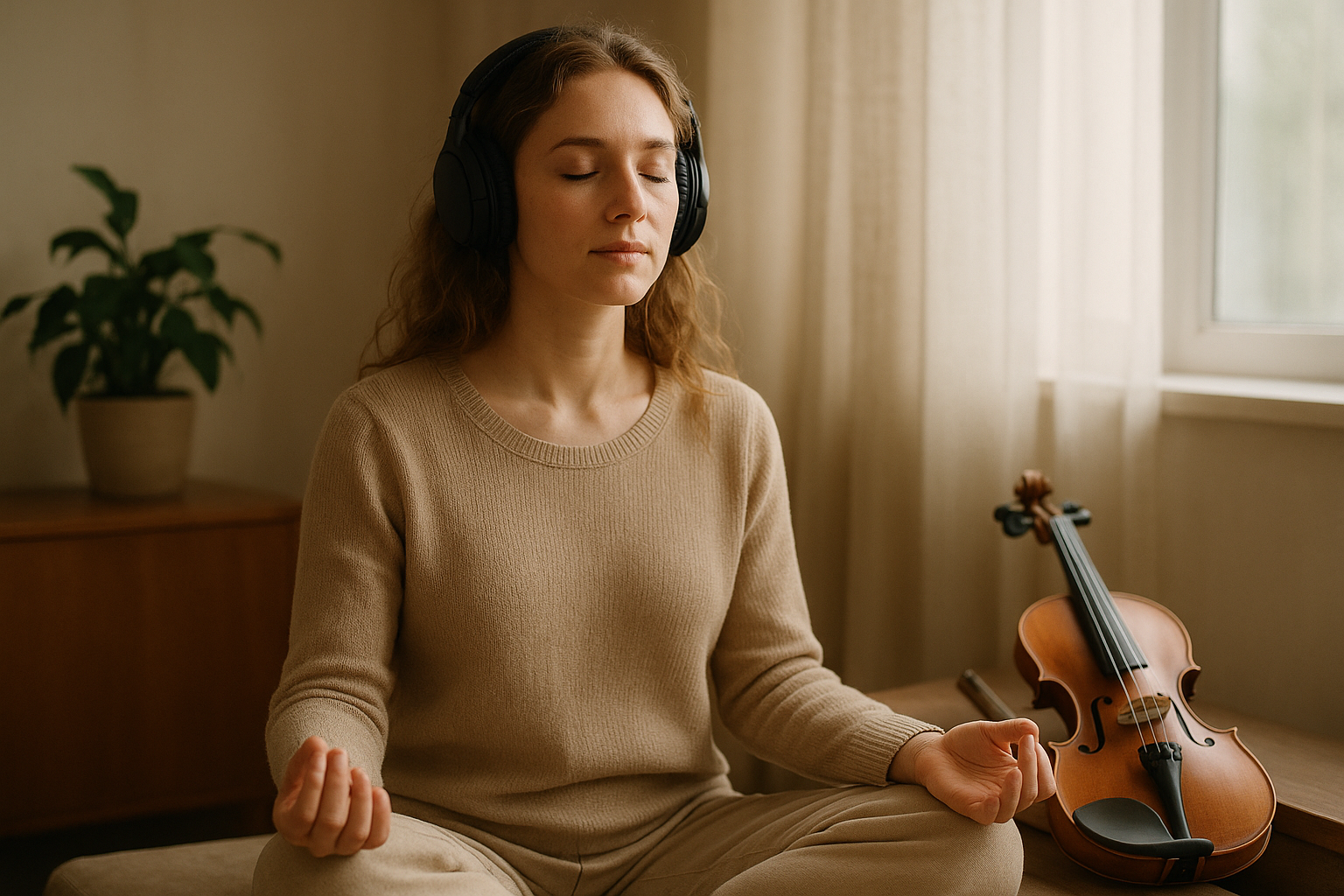In a world where constant noise and distractions prevail, finding moments of tranquility can be challenging. Thankfully, classical music offers a profound way to enhance mindfulness and introspection, providing an oasis of calm that can lead to inner peace.
The Power of Classical Music
Classical music has been cherished for centuries not only for its artistic and emotional power, but also for its ability to influence the mind and soul. According to research published by Neuroscience News, listening to music can promote brain plasticity and improve mental health, enhancing relaxation and focus.
“Music can heal the wounds that medicine cannot touch,” said renowned musician and conductor Yehudi Menuhin.
Pieces to Elevate Your Mindful Practice
Whether you are new to mindfulness or already incorporating it into your daily routine, the following classical pieces are excellent choices to guide you towards reflection and calm:
- Clair de Lune by Claude Debussy. This timeless masterpiece captures the serenity of moonlight, inviting listeners to abide in a gentle, reflective state of mind.
- Adagio for Strings by Samuel Barber. Often described as the saddest piece ever written, its profound emotional depth can assist in unclogging mental hoodoo, making space for peace.
- Symphony No. 6 (Pathétique) by Tchaikovsky. This symphony delves deeply into the human condition, articulating a tapestry of emotions that lead listeners to a place of inner understanding and peace.
- Goldberg Variations by Johann Sebastian Bach. These variations are renowned for their meditative quality, inviting a sense of calm and profound focus.
Incorporating Music into Mindfulness Practice
Integrating classical music into your mindfulness routine can be seamless and deeply rewarding. Here are a few suggestions on how to make the most of this practice:
- Dedicated Time: Set aside a specific time each day for listening, free from interruptions and distractions.
- Ambient Environment: Create a comforting environment, perhaps by dimming lights or lighting a candle, to enhance your sensory experience.
- Active Listening: Focus on the different elements of the music—the melody, harmony, and rhythm—to anchor your mindfulness practice.
By taking the time to intentionally listen to classical music, you open the door to a unique and reflective mindfulness journey.
